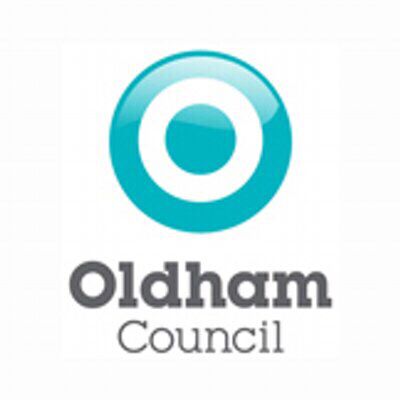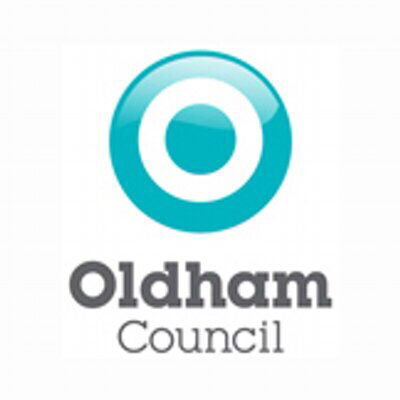Information
-
Location being audited:
-
Premises Address:
-
Date of audit:
-
Auditee:
-
Other staff involved in audit:
-
Auditor:
General Notes
Section 1 - Security
-
1.1 - Is the external door to the kitchen locked?
-
1.2 - Is the external door used for ventilation to the kitchen?
-
1.3 - Is there any security device fitted to the external kitchen door?
-
1.4 - Is there a window or viewing panel fitted in or adjacent to the external kitchen door?
Section 2 - Windows / Ventilation
-
2.1 - Are there any windows in the kitchen?
-
2.2 - Do the windows open?
-
2.3 - Are window openings fitted with fly screens?
-
2.4 - Is there any form of ventilation / extraction system installed in the kitchen?
-
2.5 - Is the eventilaation / extraction system cleaned on a regular basis?
-
2.6 - Is ventilation / extraction system serviced on a regular basis?
-
2.7 - Is there any means of monitoring temperature in the kitchen?
-
2.8 - Is there any means of controlling temperature in the kitchen?
Section 3 - Fire
-
3.1 - Do all staff know the evacuation route out of the building and the assembly point?
-
3.2 - is there appropriate amount of FFE available?
-
3.3 - Is there a deep fat fryer in use in the kitchen?
-
3.4 - Is there a wet chemical fire extinguisher in the kitchen?
Section 4 - Storage
-
4.1 - Noise
-
4.2 - HAV's
-
4.3 - Plant / Equipment / Machinery
-
4.4 - Significant findings of RA / SSW / MS available to staff and signed off
-
4.5 - Violence / Lone Working
Section 5 - Access / Egress
-
5.1 - Part 1 Reporting form used
-
5.2 - Part 2 Investigation form used
Section 6 - First Aid Procedures
-
6.1 - First aid boxes held
-
6.2 - Names of First Aiders clearly displayed
Section 7 - Slips / Trips
-
7.1 - Secure storage
-
7.2 - Procedures in place
Section 8 - Lighting
-
8.1 - Stress Risk Assessment
-
8.3 - Medical Surveillance in place for relevant staff
Section 9 - Doors / Walls / Ceilings
-
9.1 - Signing in / out or access control procedures
Section 10 - Workbenches
-
10.1 - Fire Risk Assessment
-
10.2 - Fire evacuation plan
-
10.3 - Escape routes / thoroughfares clear
-
10.4 - Alarm tested weekly
-
10.5 - Appointed / trained Fire Wardens
-
10.6 - Adequate signage
-
10.7 - FFE serviced
-
10.8 - Fire Alarm or similar
-
10.9 - Emergency Lighting tested
-
10.10 - Fire logbook / Weblog used
-
10.11 - Date of last fire drill
-
10.12 - Flammable liquids stored safely
-
10.13 - PEEP's
-
10.14 - Named responsible person
Section 11- Equipment
-
11.1 - Lifts / Lifting equipment
-
11.2 - Machinery / Plant
-
11.3 - Gas appliances
-
11.4 - Ladders / Access equipment / Fall arrest systems
-
11.5 - Electrical Installations
-
11.6 - Portable Appliances
-
11.7 - Local Exhaust Ventilation (LEV)
-
11.8 - Thermostatic Mixing Valves (TMV's)
-
11.9 - Vehicles
Section 12- Waste
-
12.1 - Regular inspections
-
12.2 - Defect reporting system
-
12.3 - Contractor induction including Permit to Work where required
-
12.4 - Structural condition
-
12.5 - Maintenance / Repairs recorded and signed off
-
12.6 - Weblog or other recording system ussed
-
12.7 - Do you have finger protection on all doors/gates
Section 13- PPE
-
13.1 - Environmental Incidents reported
-
13.2 - Spillage / clean up procedures
-
13.3 - Raiation - annual leak tests undertaken
Section 14 - Gas / Electric / Water
-
14.1 - Lifting aids available and used
Section 15 - COSHH
-
15.1 - Adequate facilities
-
15.2 - Drinking water available
Section 16 - Training
-
16.1 - Adequate
Section 17 - Communication with School
-
17.1 - Adequate temperatures achieved / monitored
-
17.2 - Hot surfaces protected
Section 18 - Dining Area
-
18.1 - Adequate
Sign Off
-
Auditee Signature
-
Auditor Signature









